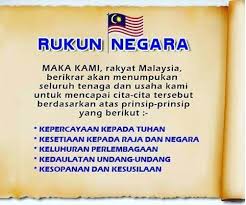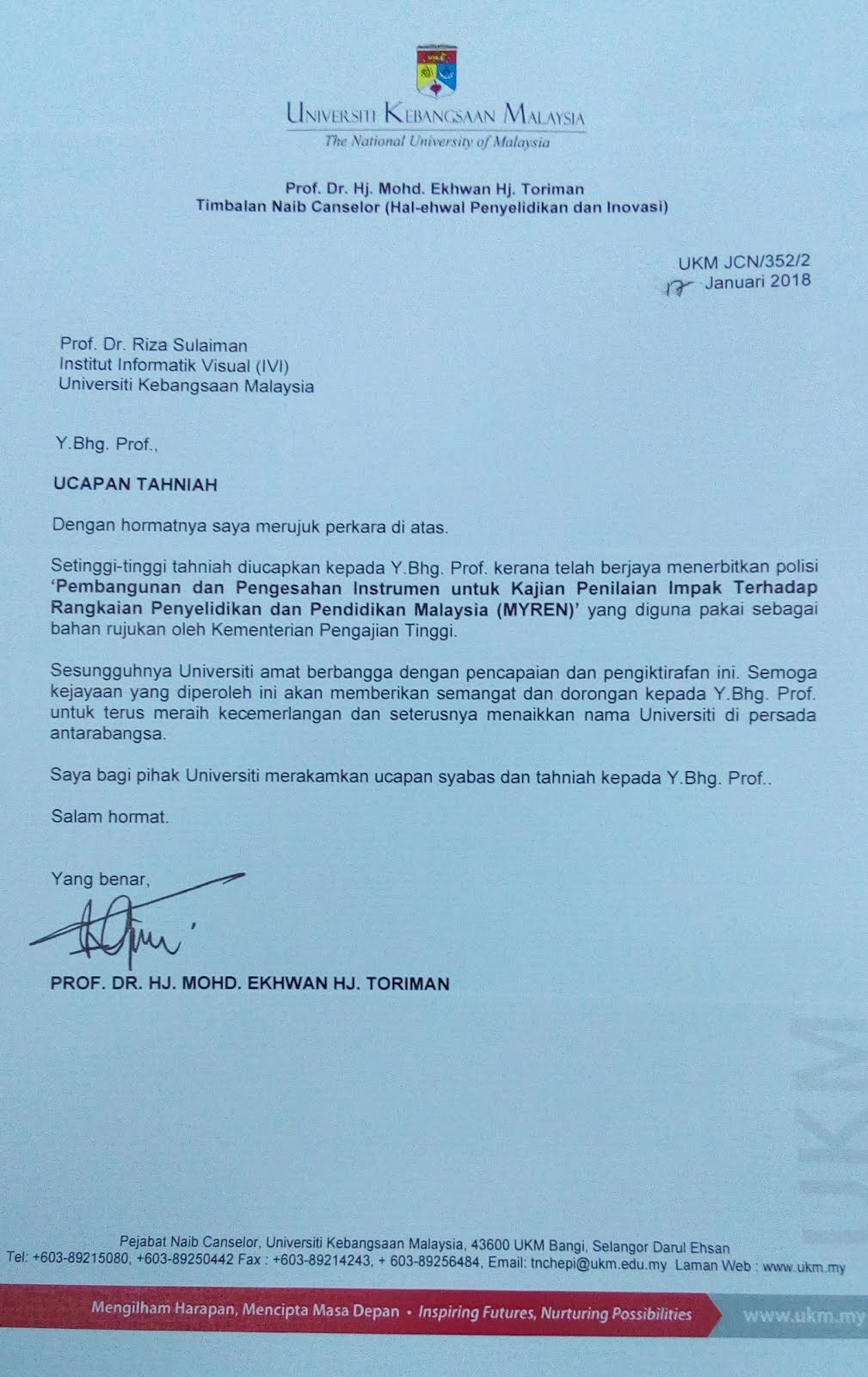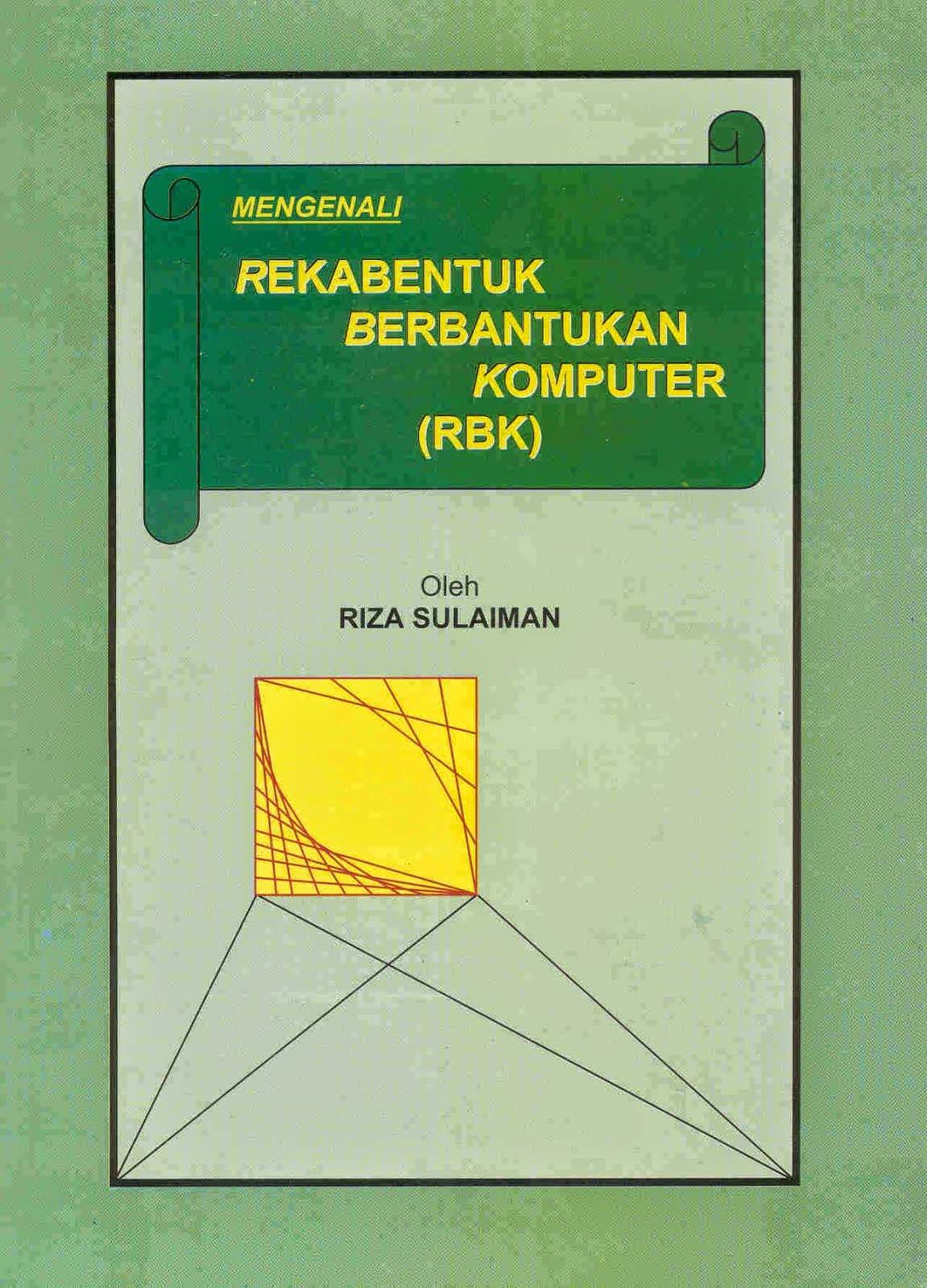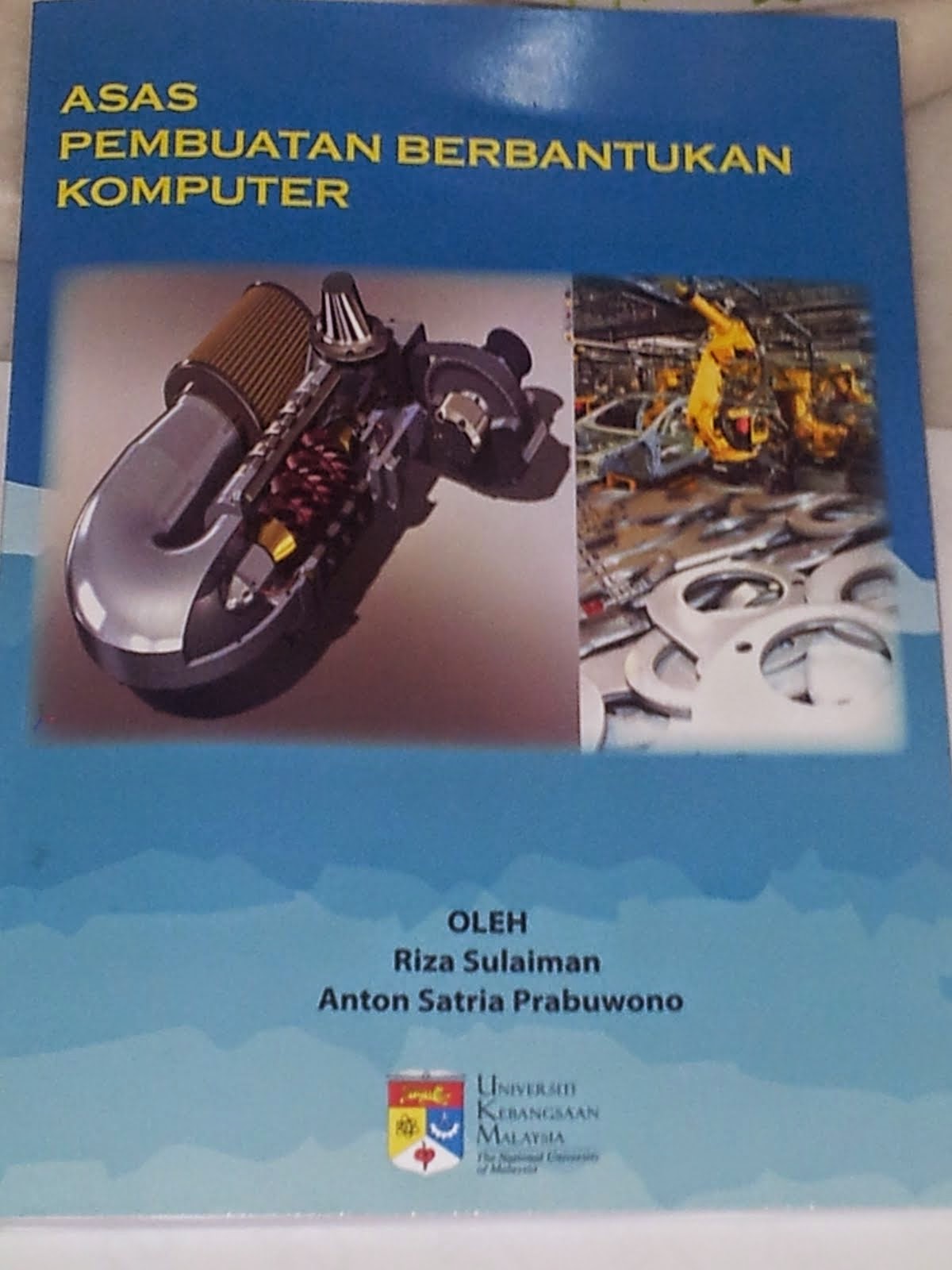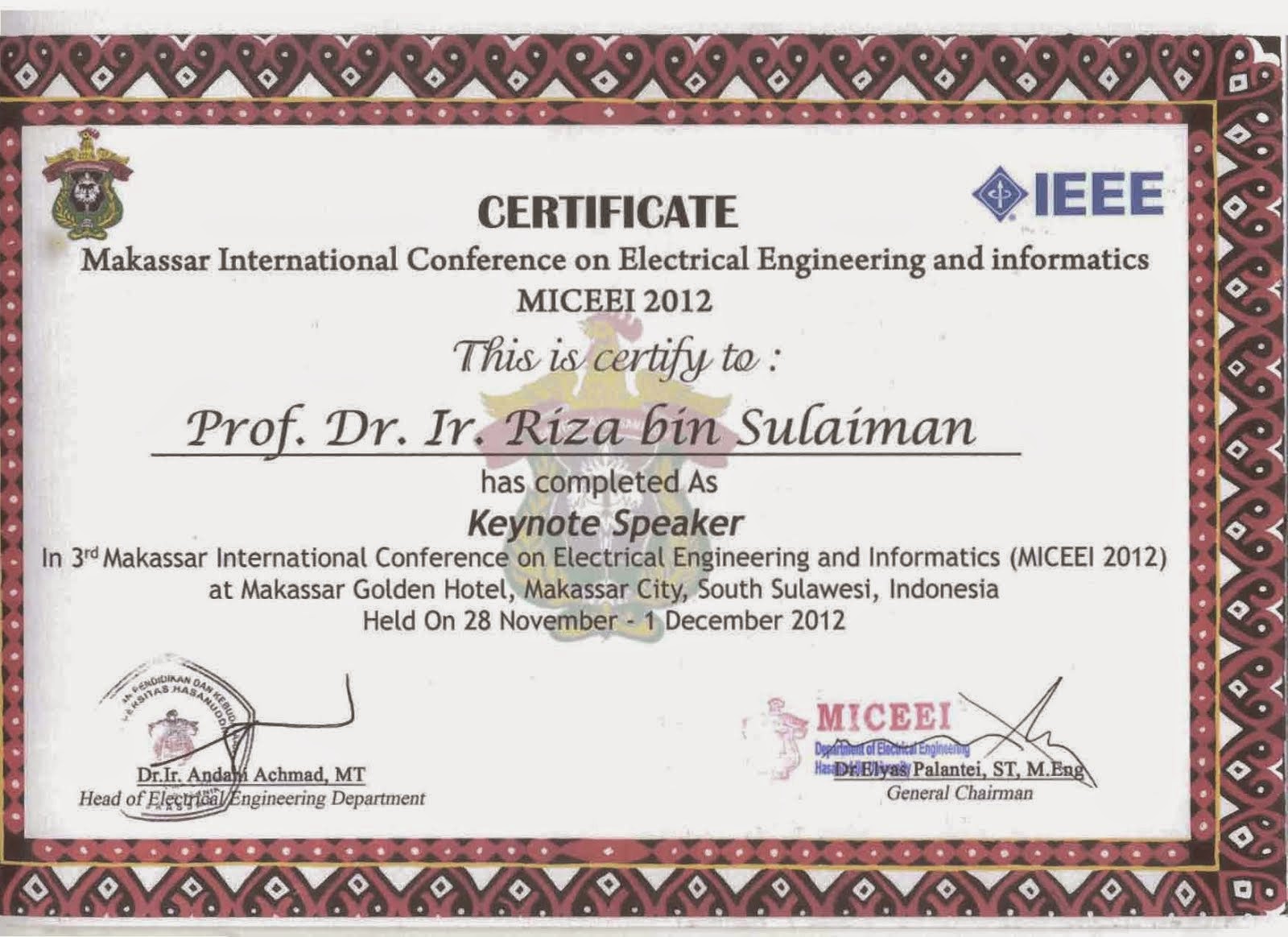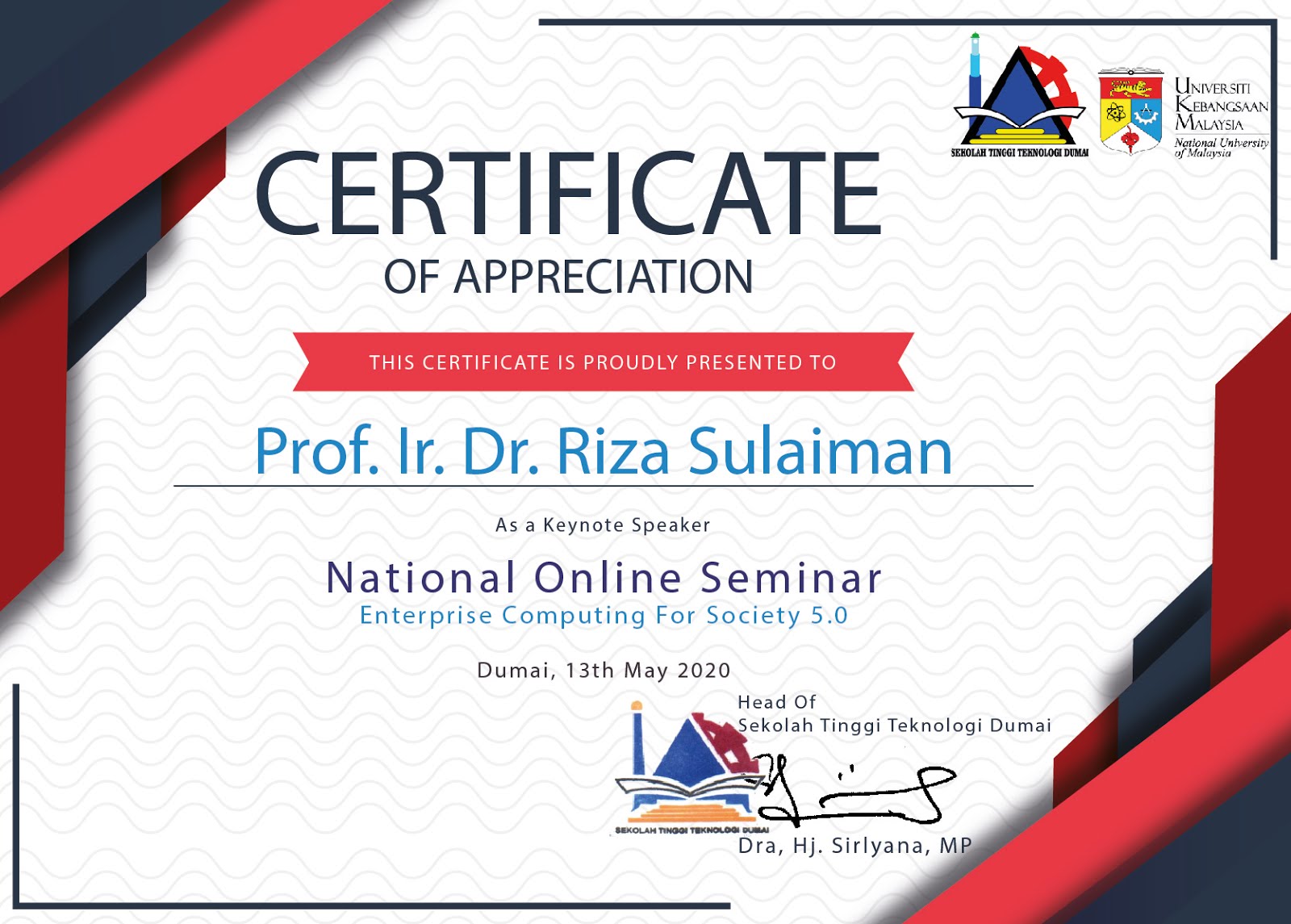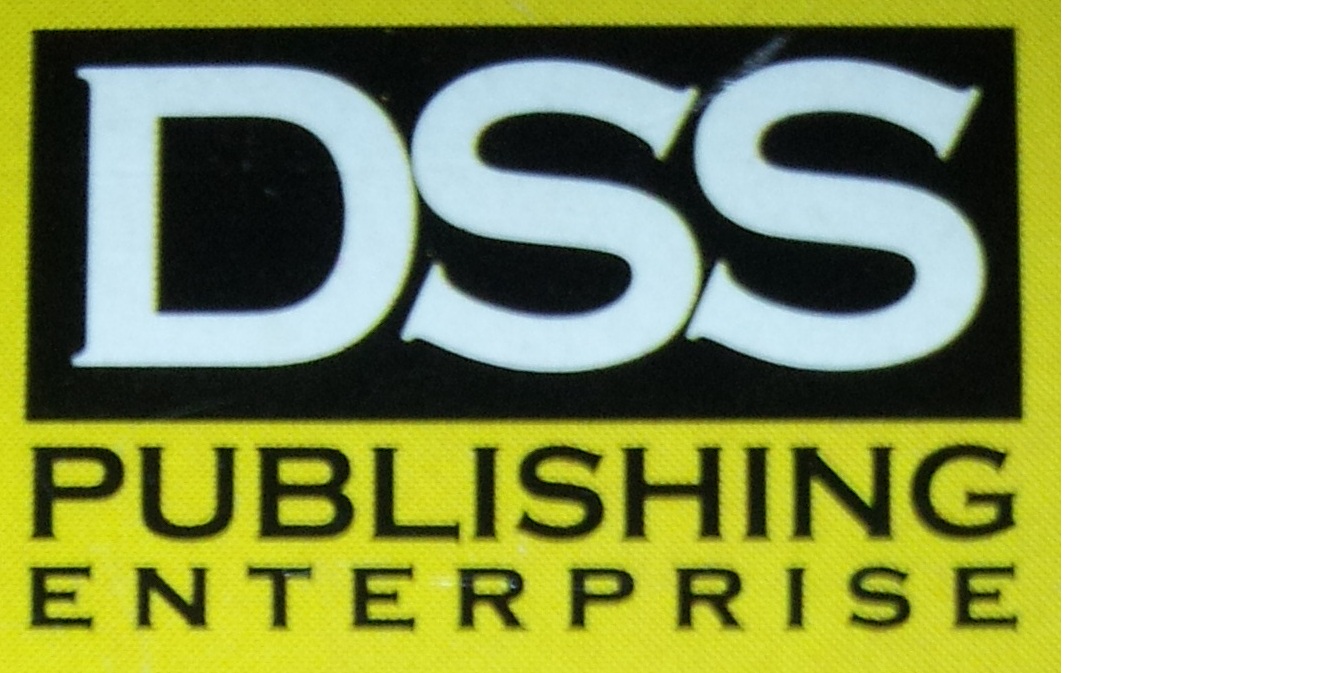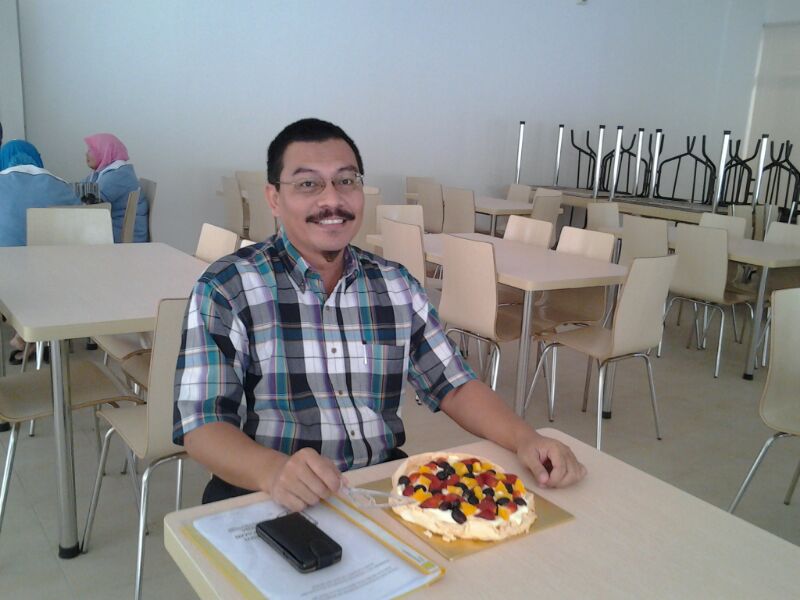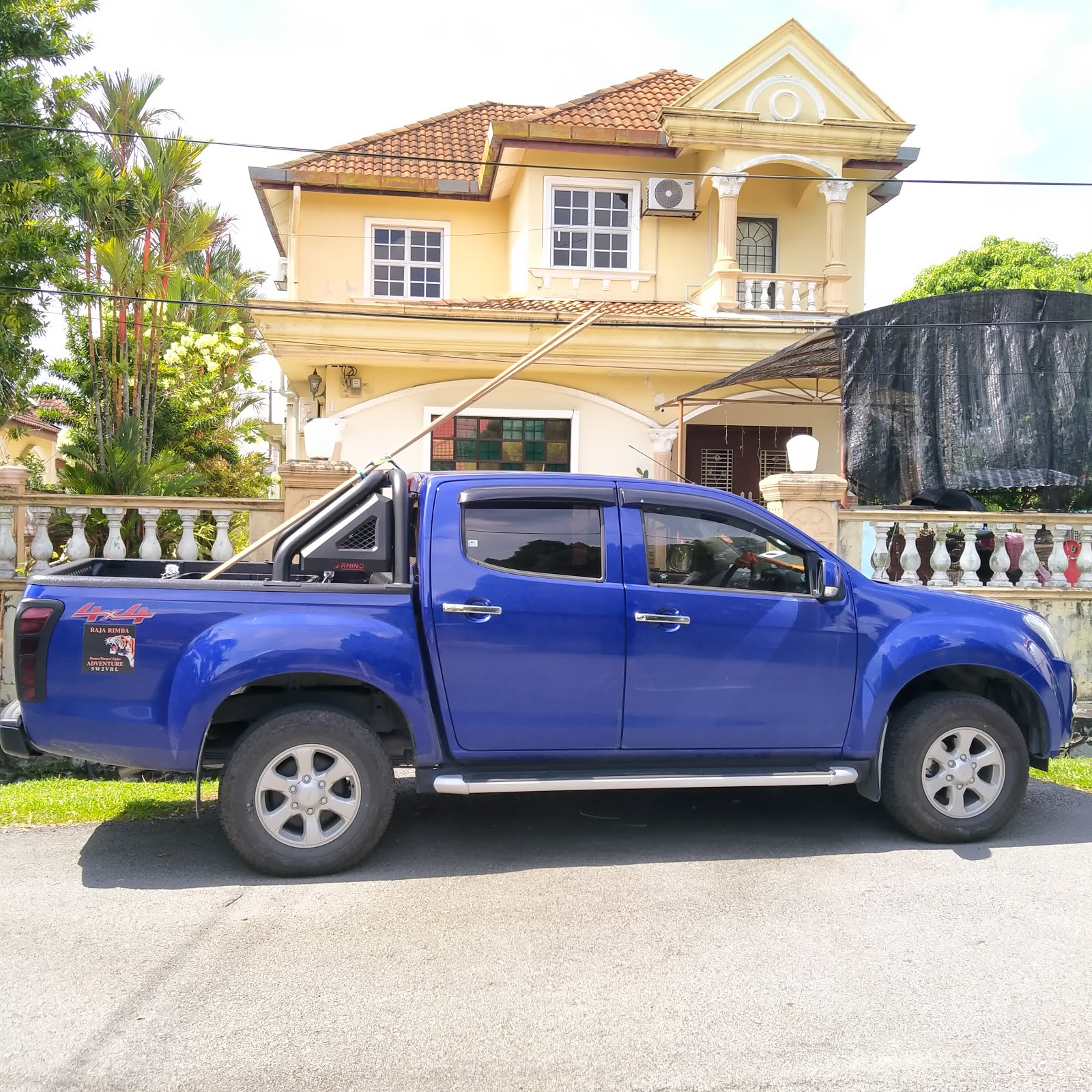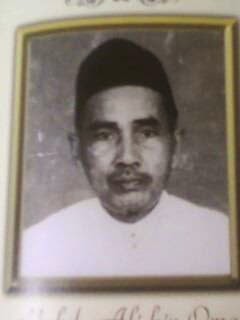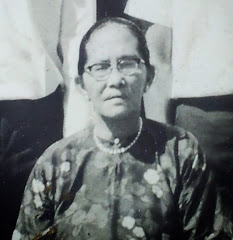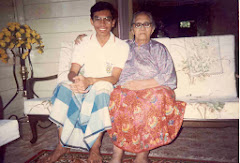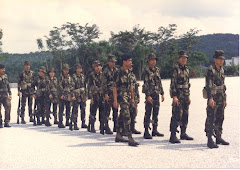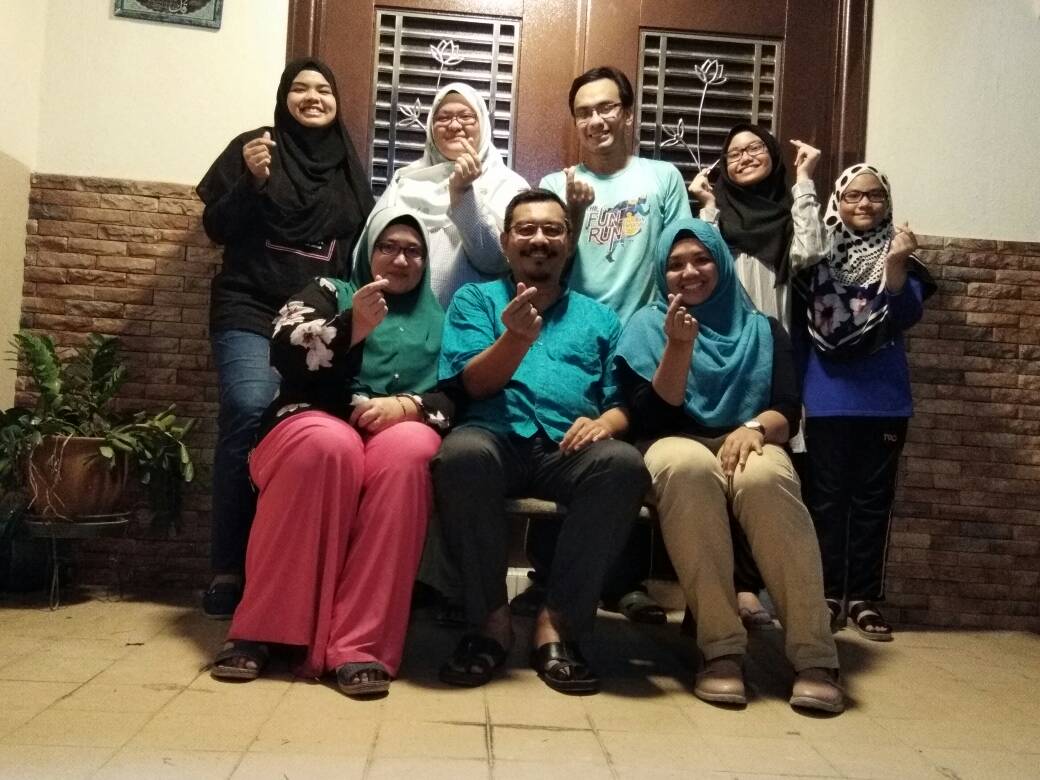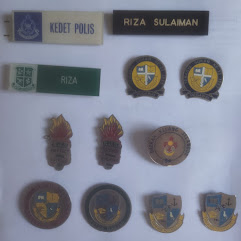The
computed tomography (CT) mobile computing is a prototype develops for creating
a sinogram data from a bitmap picture and then reconstructing the sinogram data
back tothe image picture. This conceptual study can be extended to the real CT
scan data problems. However, mobile devices claim several boundaries such as
small screen viewer size, low pixel resolution, limited available memory and
processing power [1]. Mobile devices have served a new method to reach
information and the mobile environment is different from a desktop computer
(e.g. the screen is smaller, lower computing power)[2]. The increases and penetration of mobile devices in daily
lives are transformed and invigorating end users with new experiences, but
suffocate with limited computing, power and storage spaces that are
predicaments for a sophisticated application required by certain practice
fields [3].
Fortunately, in the last few year's exceptional renovations was engineered with
mobile devices, smartphones and a tablet with upgraded multi-core processors
and graphics processing cores which admitting new application possibilities [4].
The mobile app design requirement is
followed formal
process notation provided by Gane and Sarson. The Data Flow Diagram (DFD) method is a
masterful designing tool to model the system functionality by establishing the
data associated with the process for the overall system.It will offer a process view of the system as
well as the decomposition view, but sink into time consuming to utilize the
model [5].
The DFD is a structured analysis and design method as well as a perceivable
tool to represent logic models and shows the data transformation in a system,
along with decomposition of the details data flows and function, but it is not
a process or procedure modeling method. |

